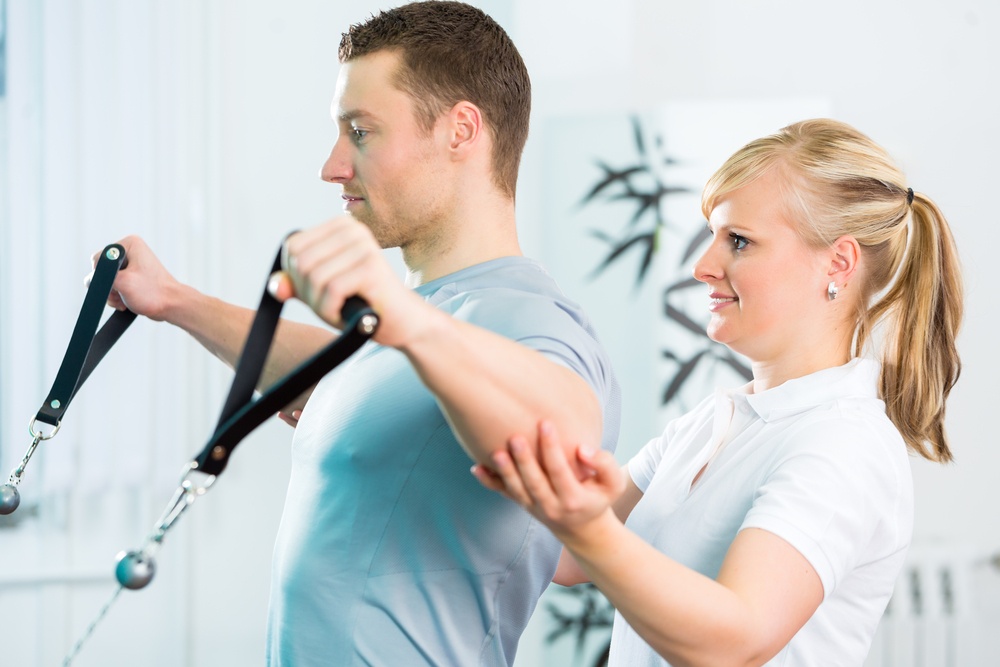Learn About Frequent Sports Ailments and Efficient Recovery Strategies aimed at Athletes
Learn About Frequent Sports Ailments and Efficient Recovery Strategies aimed at Athletes
Blog Article
Athletic traumas are common among sportspeople of every ages and skill levels. These traumas can occur in various forms, including sprains, muscle injuries, breaks, and tendonitis. Understanding the kinds of traumas that can occur during sports events is crucial for both avoiding and treatment. Sprains, for instance, involve the stretching or tearing of ligaments, which link skeletal structures at a joint. Muscle injuries, on the other hand, affect muscle tissues or tendon structures, which attach muscles to skeletal structures. Recognizing these traumas promptly can help sportspeople obtain appropriate care and return to their sport more rapidly.
One of the most commonly observed traumas in sports is the ankle ligament injury. This injury often happens when an athlete lands awkwardly or rotates their ankle during a game. Signs of an foot sprain include pain, swelling, and trouble walking. Immediate care typically involves the R.I.C.E. method, which stands for Rest, Cooling, Compression, and Lifting. This method aids reduce swelling and pain. In severe severe situations, physical therapy may be required to restore strength and mobility to the foot before returning to sports.
Another frequent injury is a muscle strain, which can occur in any athletic activity that demands sudden actions or intense lifting. Sportspeople may suffer a muscle strain when they extend a muscle too far or when they exert too much effort. Symptoms include acute pain, swelling, and muscle contractions. Rehabilitation for muscular injuries often entails gentle stretching and conditioning exercises. Gradually increasing exercise levels is crucial to avoid re-injury. Athletes should work tightly with a physical specialist to develop a safe and effective recovery plan.
Tendonitis is another trauma that can impact sportspeople, particularly those who engage in repetitive motions, such as joggers or aquatic athletes. This issue happens when a tendon structure, which links muscular tissue to bone, becomes swollen. Frequent areas affected by tendonitis include the arm, upper arm, and leg. Signs often include discomfort and stiffness, especially during movement. Care for tendonitis usually includes rest, cooling, and pain-relief medications. In some cases, physical treatment may be suggested to improve flexibility and strength in the affected area.
Preventing athletic traumas is just as crucial as treating them. Athletes can reduce their risk of trauma by heating up correctly before events, using the right equipment, and maintaining good fitness shape. Power conditioning and flexibility exercises can assist ready the body for the demands of sports. Additionally, athletes should listen to their physical condition and allow rest when needed. By understanding common sports injuries and implementing efficient recovery plans, athletes can remain healthy and enjoy their beloved helpful hints athletic activities for years to follow.